10 Tips for Getting Through the Day With AS

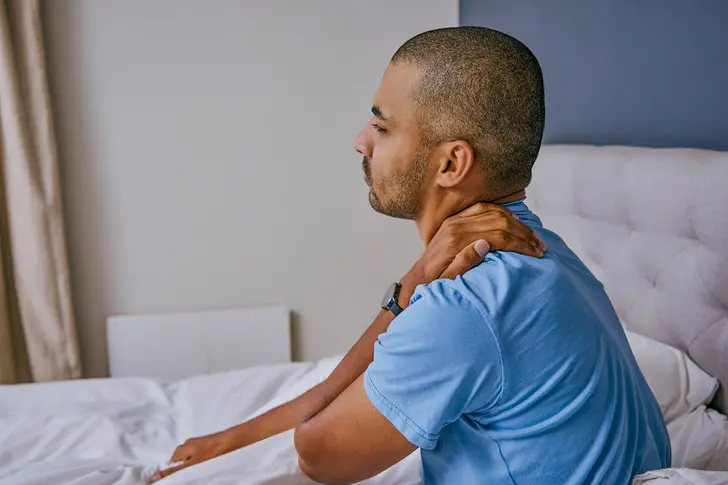
10 Tips for Getting Through the Day With AS
Ankylosing spondylitis (AS) is an inflammatory disease that predominantly affects your spine.
Symptoms include:
- Morning stiffness
- Fatigue
- Back pain
There’s no cure for this condition, but there are ways to manage your symptoms. Read on to learn 10 tips for making life easier with AS.
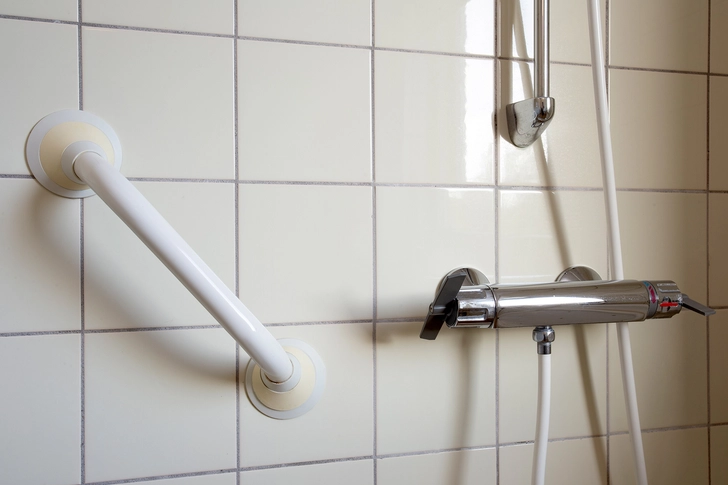
1. Use Adaptive Equipment
Don’t make everyday tasks harder than they need to be. Find the equipment that will help you get things done with less pain and stress.
Examples include:
- Sock aids
- Reachers
- A bed ladder
- A car door support
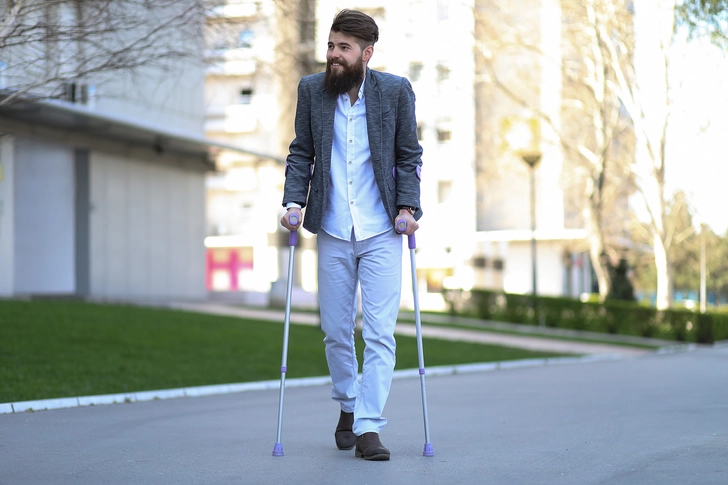
2. Use Mobility Devices
Don’t overtax yourself while you’re out and about. Devices like canes and walkers can keep you going longer and reduce the stress placed on your joints.
Keep in mind that these things are helpful tools and not something to be embarrassed about. They’re a good way to stay physically active with AS.

3. Keep Moving
People who stay active after their diagnosis report that activity helps them feel normal again. Staying still is particularly problematic for those with AS — inactivity will cause your joints to fuse.
This doesn’t have to be a lot of activity — fit in a short exercise routine, a relaxing walk, a swim, or even just get moving with a list of errands.

4. Plan Your Schedule
Once you get used to how your condition comes and goes, you should start to plan your life accordingly. Sit down with a calendar and map out your week or month.
Plan to do the most work when you know that your body feels best — for instance, shortly after you wake up.

5. Prioritize Your Activities
After your AS diagnosis, you might not be able to do everything that you want to do. Learn to prioritize — figure out what needs to be done most and do that first.
Don’t push yourself past your limits by trying to do too much. That can physically set you back and make the next few days even harder.

6. Pace Yourself
With AS, it’s important for you to find your energetic goldilocks zone. This means that you don’t want to do too little, or your symptoms will get worse, and you don’t want to do too much, or you’ll exhaust yourself.
Learn to listen to your body and stop working when you’ve done too much.
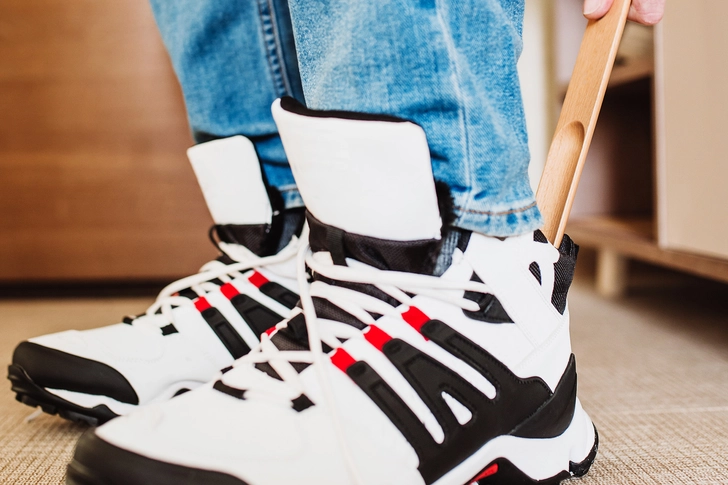
7. Think About Ergonomics
How you position yourself while doing everyday tasks can be a big deal with AS. You will want to minimize stress to your joints as much as possible — so take simple steps to make tasks easier.
Sit down to put on your shoes. Use wheeled bags and carts instead of carrying stuff around. Frequently shift your position when you have to stay still so you’re not putting prolonged stress on any one joint.
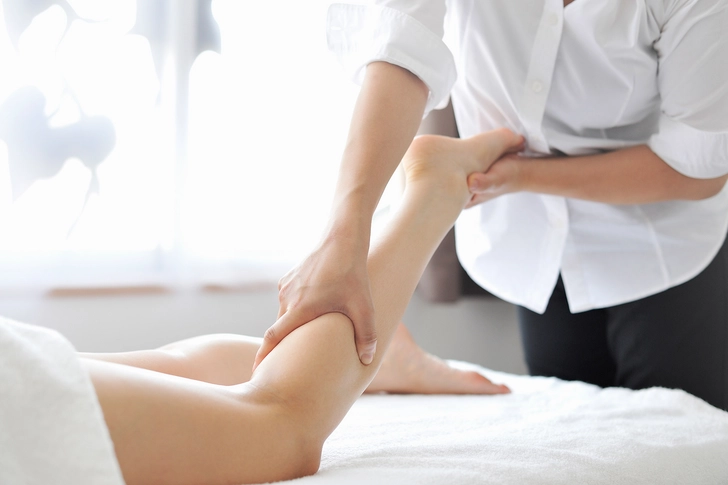
8. Get a Massage
Every so often, you should get a massage — it’ll help both your mental and physical health.
Massages move around your muscles and soft tissues. They’ve been shown to both improve pain and increase mobility in people with AS.
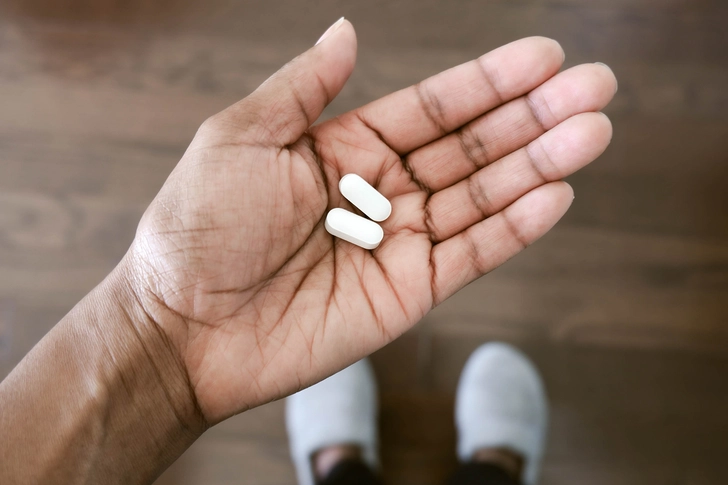
9. Use Painkillers
You might not need painkillers all the time with AS, but they’re definitely helpful when your inflammation gets bad.
Non-steroidal anti-inflammatory medications (NSAIDs) are recommended most often for AS. These include drugs like ibuprofen and naproxen.

10. Eat Healthy Foods
Eating healthy will give you more energy throughout the day. It can even help reduce the inflammation caused by AS.
Avoid foods that cause inflammation — like deep-fried treats and things high in sugar.
Instead, choose a diet that could help reduce your inflammation, like the Mediterranean diet.
PHOTO CREDITS:
1. E+ / Getty Images
2. E+ / Getty Images
3. EyeEm / Getty Images
4. E+ / Getty Images
5. DigitalVision / Getty Images
6. E+ / Getty Images
7. DigitalVision / Getty Images
8. iStock / Getty Images
9. iStock / Getty Images
10. DigitalVision / Getty Images
11. Moment / Getty Images
12. Moment / Getty Images
SOURCES:
HSS: “Managing Ankylosing Spondylitis.”
Stanford Health Care: “Risk Factors.”
NHS: “Treatment Ankylosing Spondylitis.”
Cleveland Clinic: “Ankylosing Spondylitis (AS).”